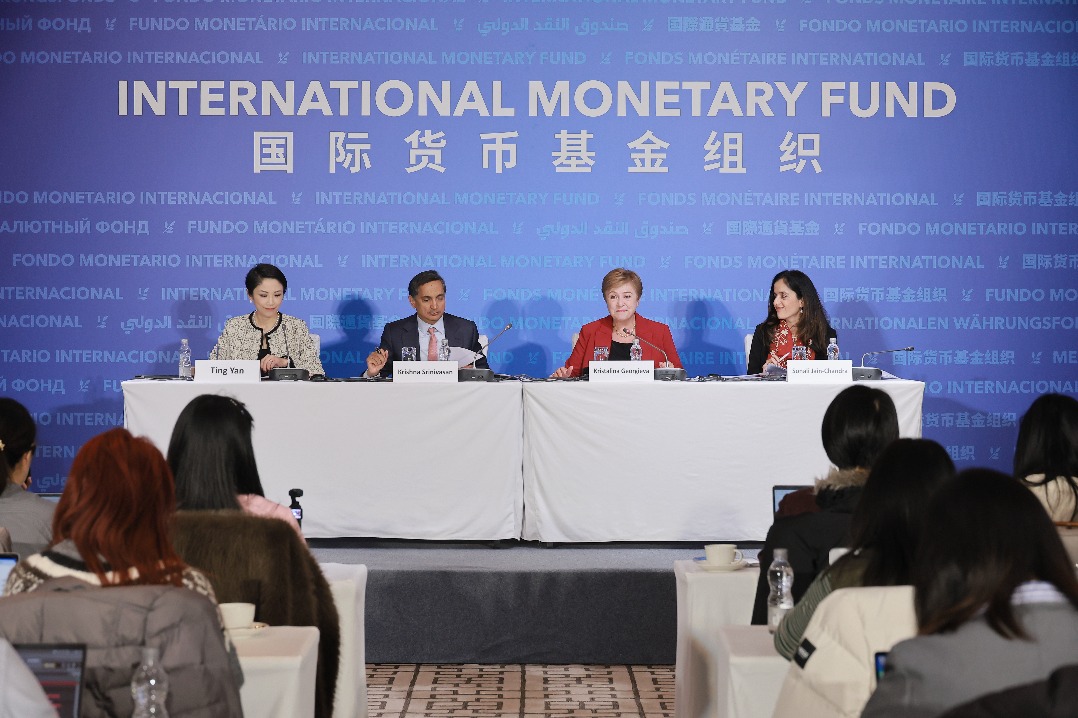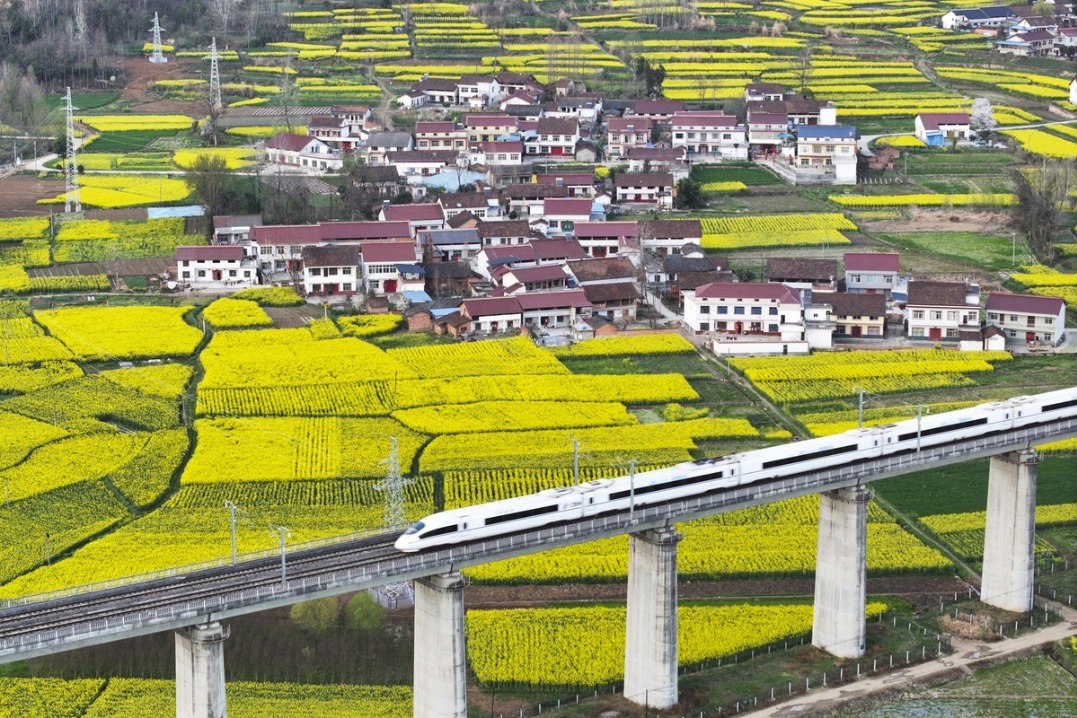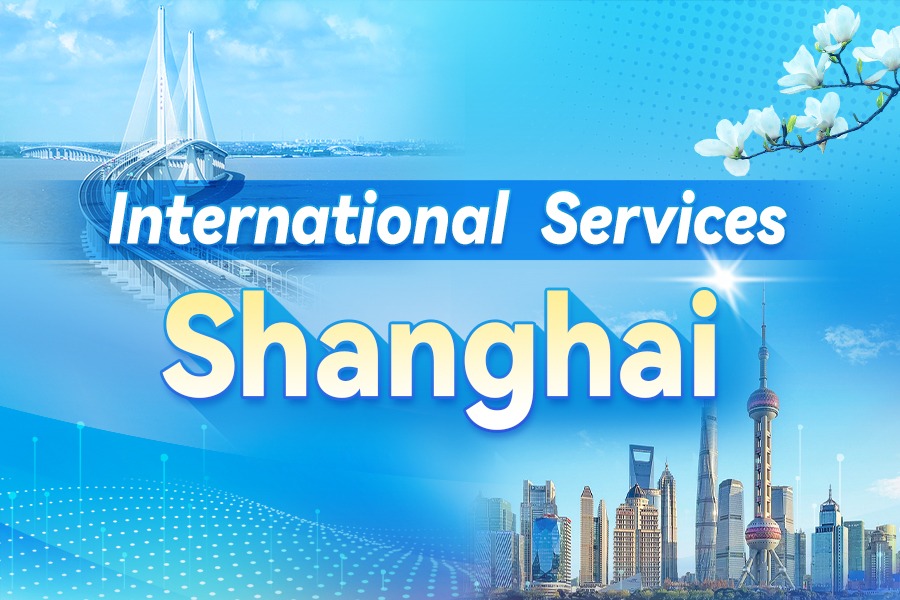China, Central Asia set joint power standards


State Grid Corporation of China, in partnership with the Chinese Society for Electrical Engineering, has jointly issued an initiative with relevant organizations from Kazakhstan, Kyrgyzstan and Uzbekistan to establish a China-Central Asia regional power standardization organization.
The initiative — which was revealed during the 2025 series of science, technology and cultural exchange events between China and Central Asia held in Urumqi, Xinjiang Uygur autonomous region in August — aims to deepen cooperation in the power sector by developing and implementing consensus-based technical standards.
The initiative is intended to promote resource sharing, leverage complementary strengths, and foster mutual benefits among the nations.
The launch of the initiative marks a strategic shift from project-based cooperation to joint standard-setting between China and Central Asia, accelerating energy interconnectivity and injecting new momentum into regional energy integration, officials said.
China and Central Asian countries are geographically adjacent and share strong complementarity in power resources, technology and markets, offering substantial potential for power cooperation.
In recent years, with the deepening implementation of the Belt and Road Initiative and the establishment of the China-Central Asia energy development partnership, bilateral cooperation has gradually expanded from traditional oil and gas trade to multiple areas, including power generation, new energy, and grid infrastructure. However, differing standards and disconnected regulatory frameworks have become bottlenecks hindering deeper regional energy integration.
The release of this initiative is aimed at addressing the challenge. It seeks to establish a regional power standardization organization to promote the formation of technical norms and management systems that are recognized and jointly observed by China and Central Asian countries, providing institutional safeguards for deepening cooperation across the entire industry chain.
China possesses extensive experience in power standard-setting. As the global leader in renewable energy production and use, it has expanded clean energy capacity under the dual carbon goals of peaking carbon emissions before 2030 and achieving carbon neutrality before 2060.
By the end of 2024, renewable installations hit 1,407 gigawatts, overtaking thermal power as China's primary electricity source — a position held for over a decade. The International Energy Agency reports China accounted for over 50 percent of newly added global renewable capacity in recent years.
State Grid, a pivotal player in the power sector, has spearheaded 329 international standard initiatives, with 144 published across the International Electrotechnical Commission, International Organization for Standardization and International Telecommunication Union. It has been instrumental in advancing standardization for ultrahigh-voltage transmission, grid stability and renewable integration, wielding significant influence.
Strategically situated in the heart of Eurasia, Xinjiang serves as a vital hub for China's connectivity with Central Asia in energy standards, leveraging its strategic location as a gateway for China's westward opening-up. The region shares abundant wind and solar resources as well as extreme environmental conditions, from severe aridity to extreme cold, with Central Asian countries. This commonality makes Xinjiang's power grid standardization experience well-suited to Central Asia's needs.
State Grid Xinjiang Electric Power has led or participated in formulating 237 power standards across international, national, and industry levels, with particular technical expertise in grid construction and operation under extreme environments.
One of these standards is the world's first international guideline for evaluating the energy efficiency of power fittings, addressing the long-standing lack of uniform criteria in this field. It provides Central Asian countries with consistent testing methods and an energy-saving assessment framework, improving technical comparability and serving as an example of the initiative's principle of complementary advantages.
Another standard focuses on technical requirements for power-intensive energy storage systems and their applications in renewable energy integration — the first international standard to cover such scenarios. It supports Central Asia's energy transition by offering robust technical and regulatory backing for regions rich in wind and solar resources but limited in grid flexibility, aligning with the initiative's goal of power technology research and development cooperation.
"From concrete projects to people-to-people exchanges, China and Central Asia are advancing standard alignment across multiple dimensions," said Wang Yong, Party secretary of the secretariat at the Xinjiang Society for Electrical Engineering.
"When young engineers build up professional friendships and personal trust, future cooperation will naturally follow," Wang added.

Today's Top News
- China remembers victims of Nanjing Massacre, 88 years on
- New plan will be a road map for a stronger future
- Taiwan's character of the year a vote against confrontation
- Strengthened resilience key for economy
- Video sheds new light on Japan's wartime atrocities
- Xi: World yearns for peace, trust more than ever






























